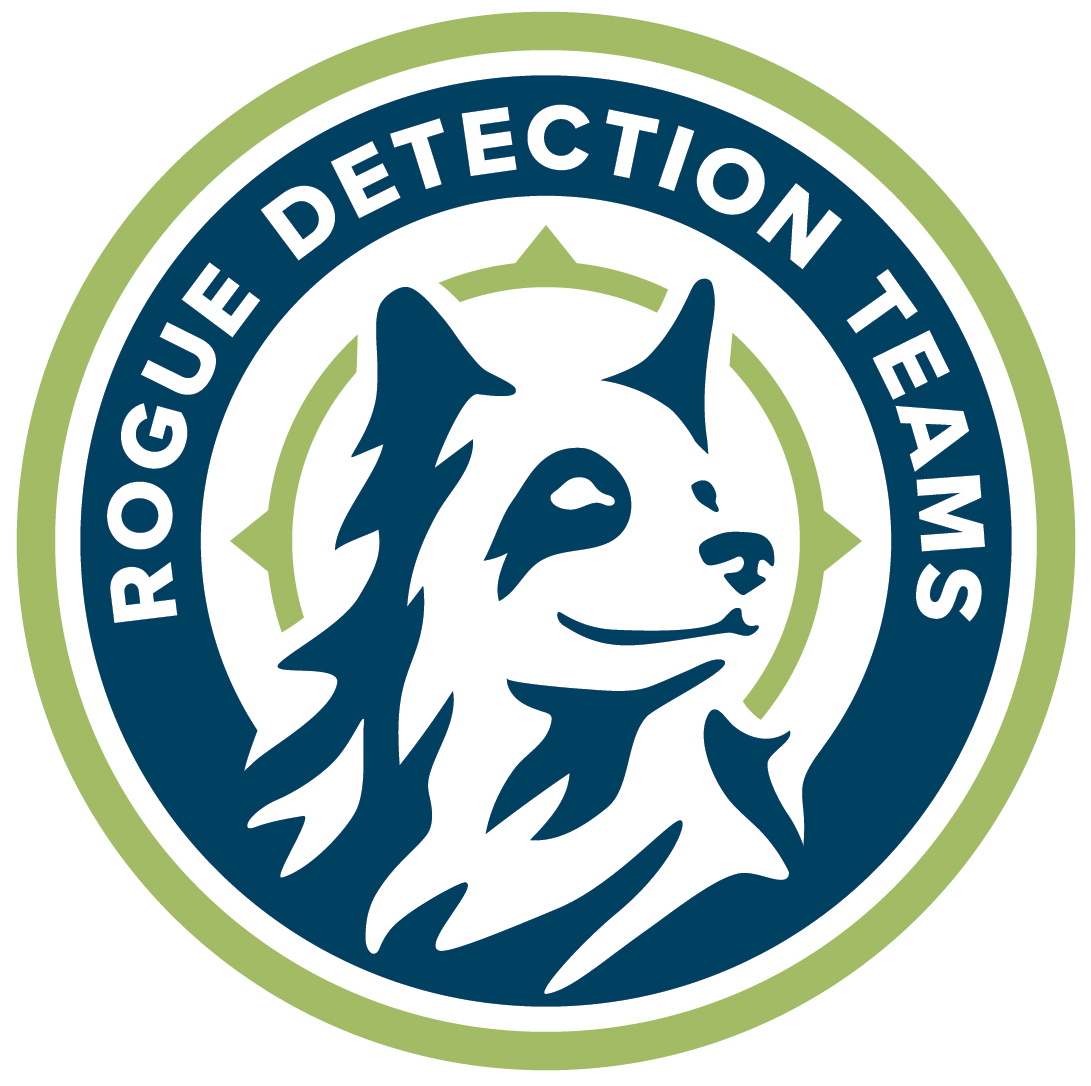The Dog Days of Yosemite (Part 1)
A High Alpine Day in Yosemite
It is 4:30 am when the alarm goes off. Outside it’s pitch black and I can see stars twinkling from my vantage point inside a cozy down sleeping bag. It’s not every project that our base of operations is Yosemite National Park and even though I am bleary-eyed and my muscles ache from yesterday’s surveys, I want to relish every moment of surveying in Yosemite for Sierra Nevada red fox (vulpes vulpes necator).
A cold, wet nose followed by a warm, slobbery kiss interrupts my reverie. My coworker is reminding me that every morning is a joyful morning according to him, no matter where we happen to be! His name is Filson and he is a 5-year-old blue heeler mix and a conservation detection dog with Rogue Detection Teams. We have been tasked with conducting focused surveys in high elevation areas of Yosemite National Park to seek out data (i.e. poop!) on red fox. Our 4:30 am wake up call is necessary so that we can reach our ultimate destination, red fox habitat above 10,000 feet in elevation. The sun at these heights is harsh and unforgiving and the earlier we start working, the cooler the temperatures Filson has to do what he does best, sniffing for genetic samples of elusive species.
By 9:30 am, and after a lot of gasping for breath as we slowly but surely work our way upslope, we are finally above the tree line; red fox habitat! While these foxes historically roamed much of the High Sierras, their population has declined across their range due to trapping and loss of habitat. Park biologists, interested in learning more about one of North America’s most rare mammals, are working with geneticists with UCDavis and researchers with Oregon State University on a multi-year project funded by the Yosemite Conservancy. Our Rogue Dogs are only a small part of a larger effort that also includes a vast array of camera traps.
Up ahead I see Filson slow. He is relaxed, in his element, doing his thing. He is sniffing for wildlife scats from a select number of species, which in addition to red fox include coyote, cougar, and fisher. At this elevation, whatever he is working into is unlikely to be cougar or fisher, but wiley coyotes are well dispersed throughout the Park no matter the elevation. I try not to get too excited as Filson stops to sniff, then looks back at me expectantly, his body language saying, “Hey, come over here, lady! I found something.” As I edge closer, I can see large whitewashed bones, and, giving one last push up a steep hillock, I come face to face with the skull of a bighorn sheep. Filson worked into a different sort of data, not one of our target species, but all of our dogs are also instructed to hit on bones or kill sites, as these tend to be of interest to researchers, too. Tossing the ball to Filson, he is rewarded with the one thing he truly loves more than food, and yes, even me, his ball.
We’re above Parker Pass, 200 hundred or so meters outside the Park at a whopping 12,000 feet. At this elevation, the wind whips through the landscape. It almost looks like we’re on the moon, so rugged and windblown are the rocks and surrounding rubble. How can the red fox live here? What do they eat? Where do they den? It’s exciting to think that maybe, just maybe, Filson and I will be helping to answer questions like these for researchers with the Park. As I collect a tissue sample from the backbone of the sheep and while Filson chews in ecstasy on his ball, I look around in awe and feel fortunate to be one small part of this larger wildlife research project.
Behind the Scenes
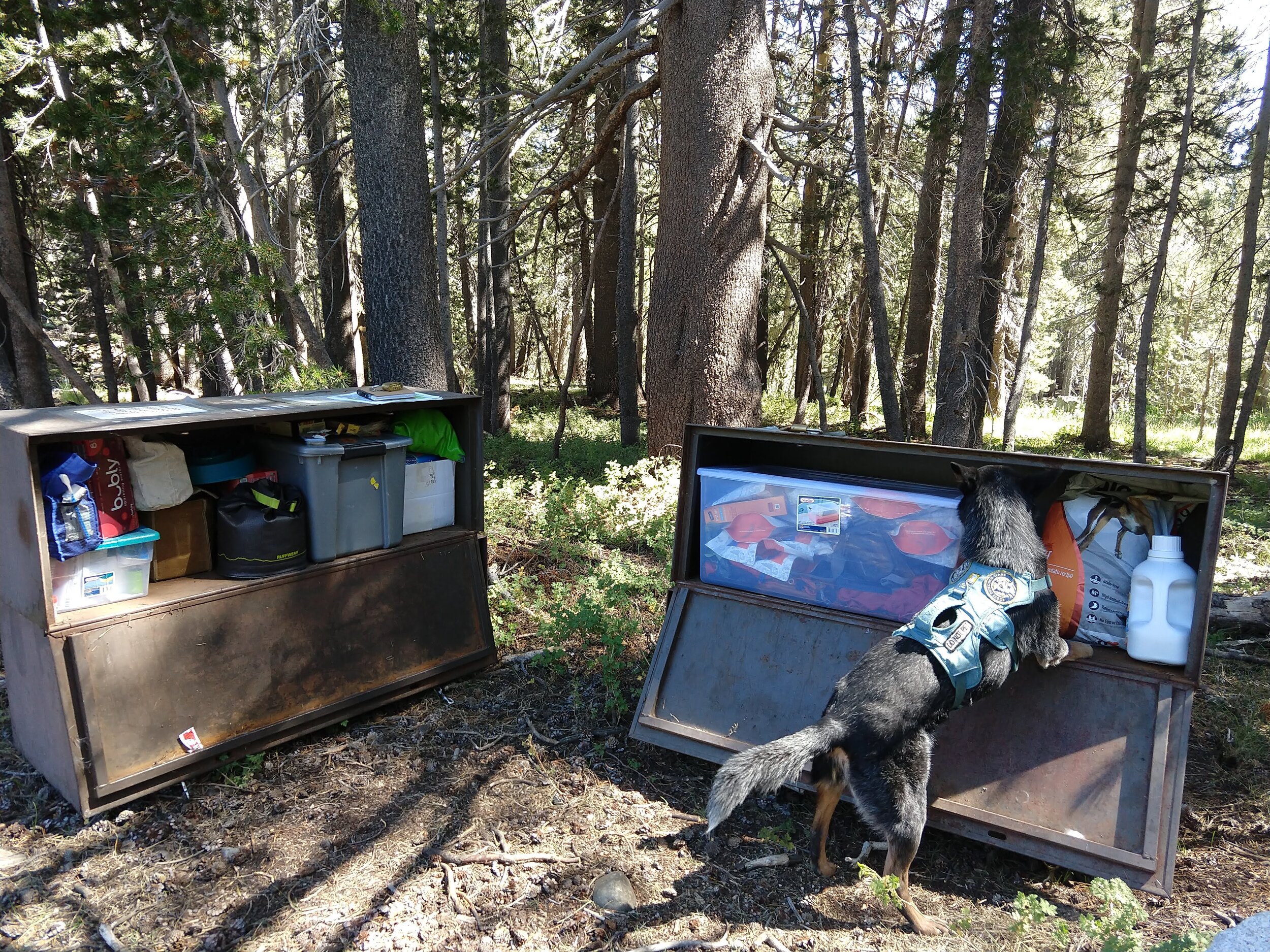
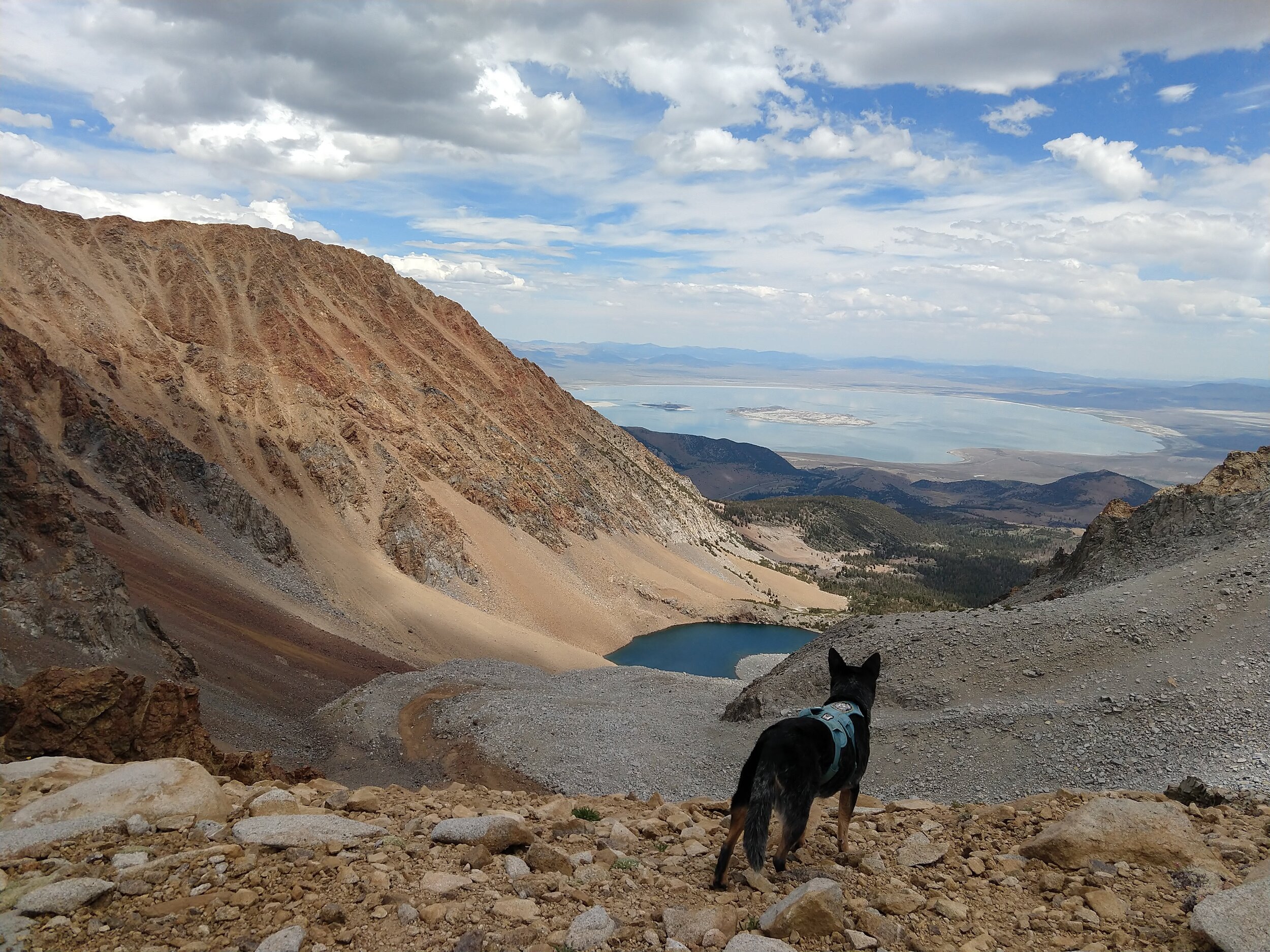
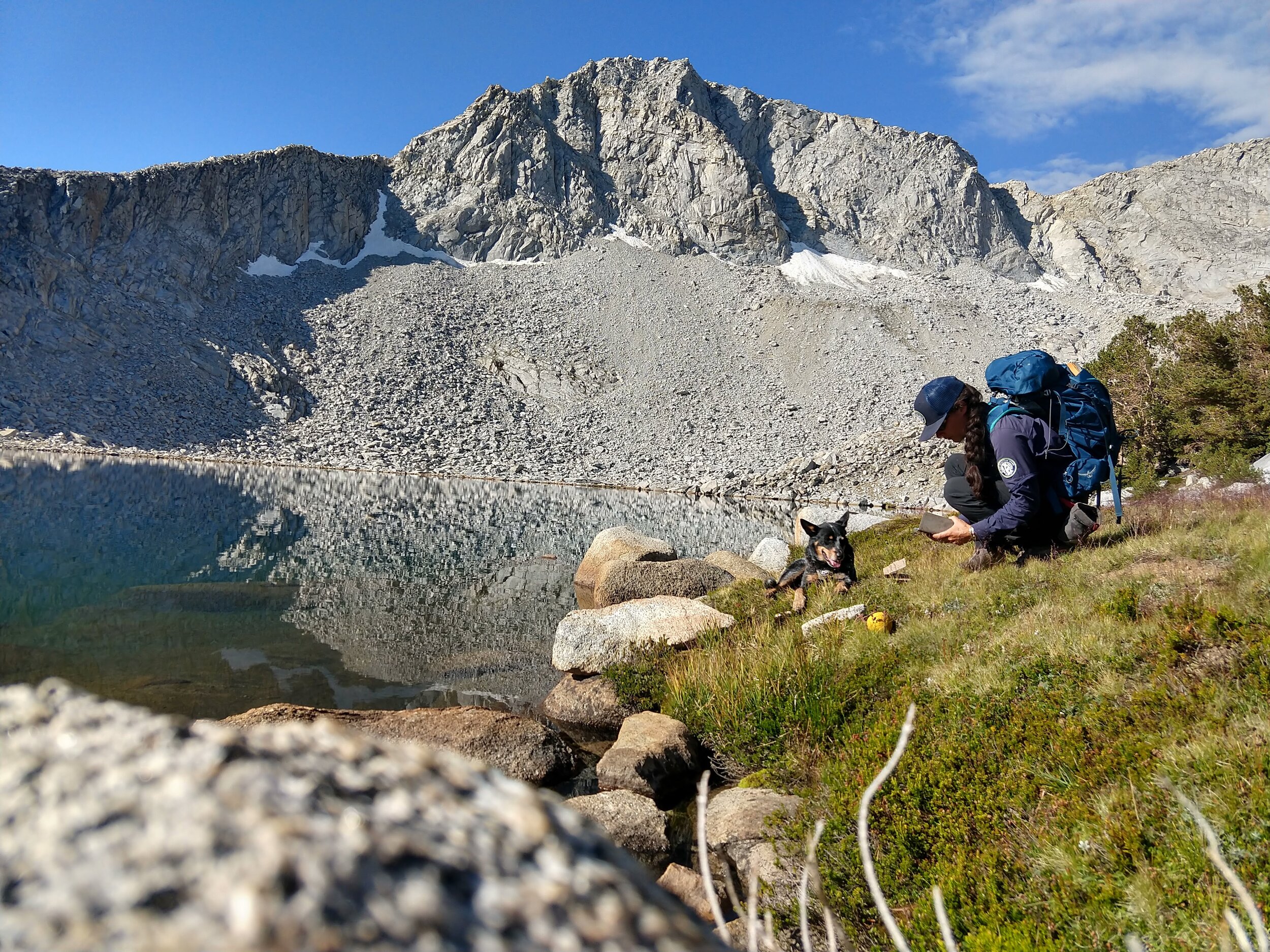

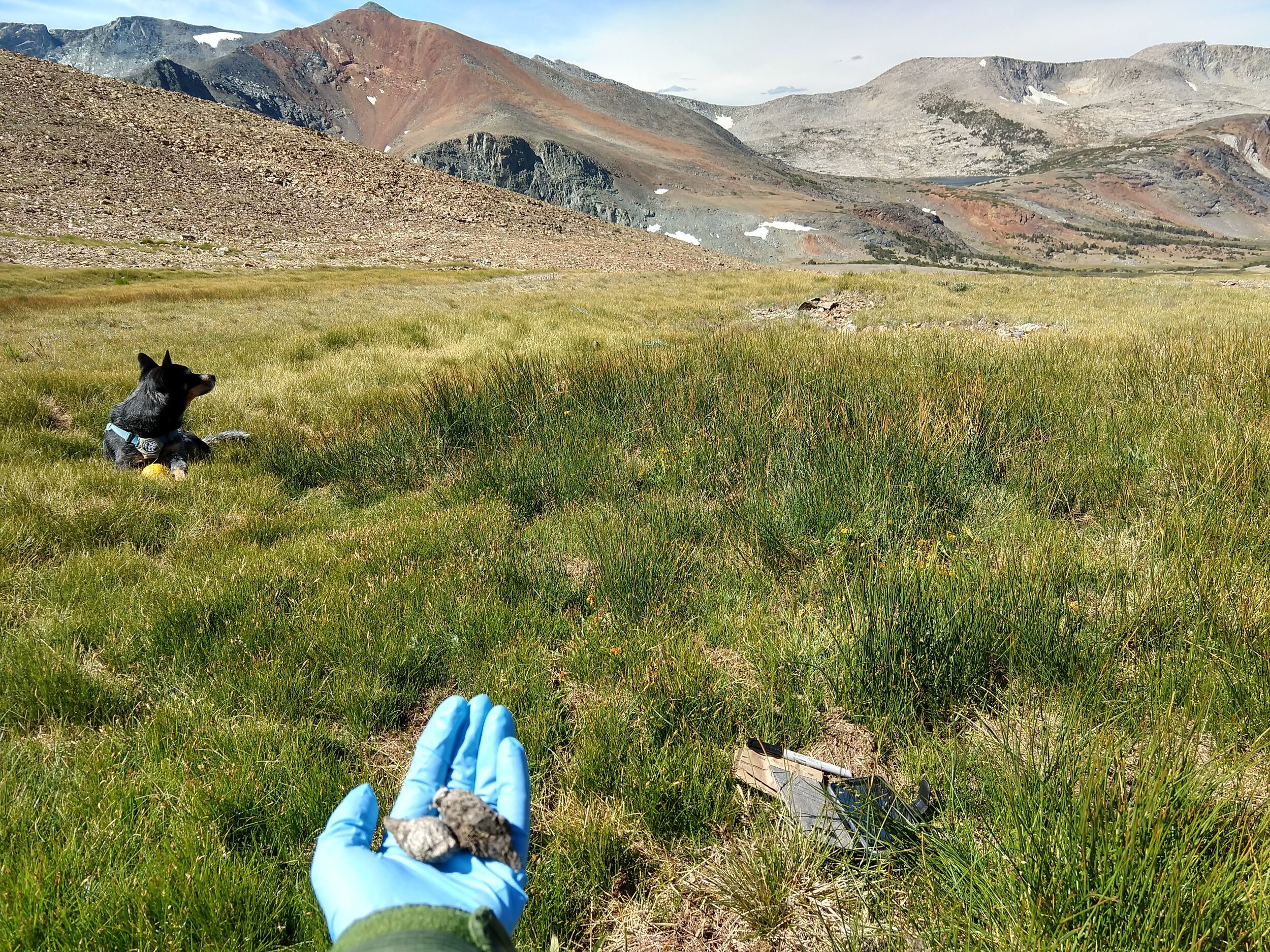
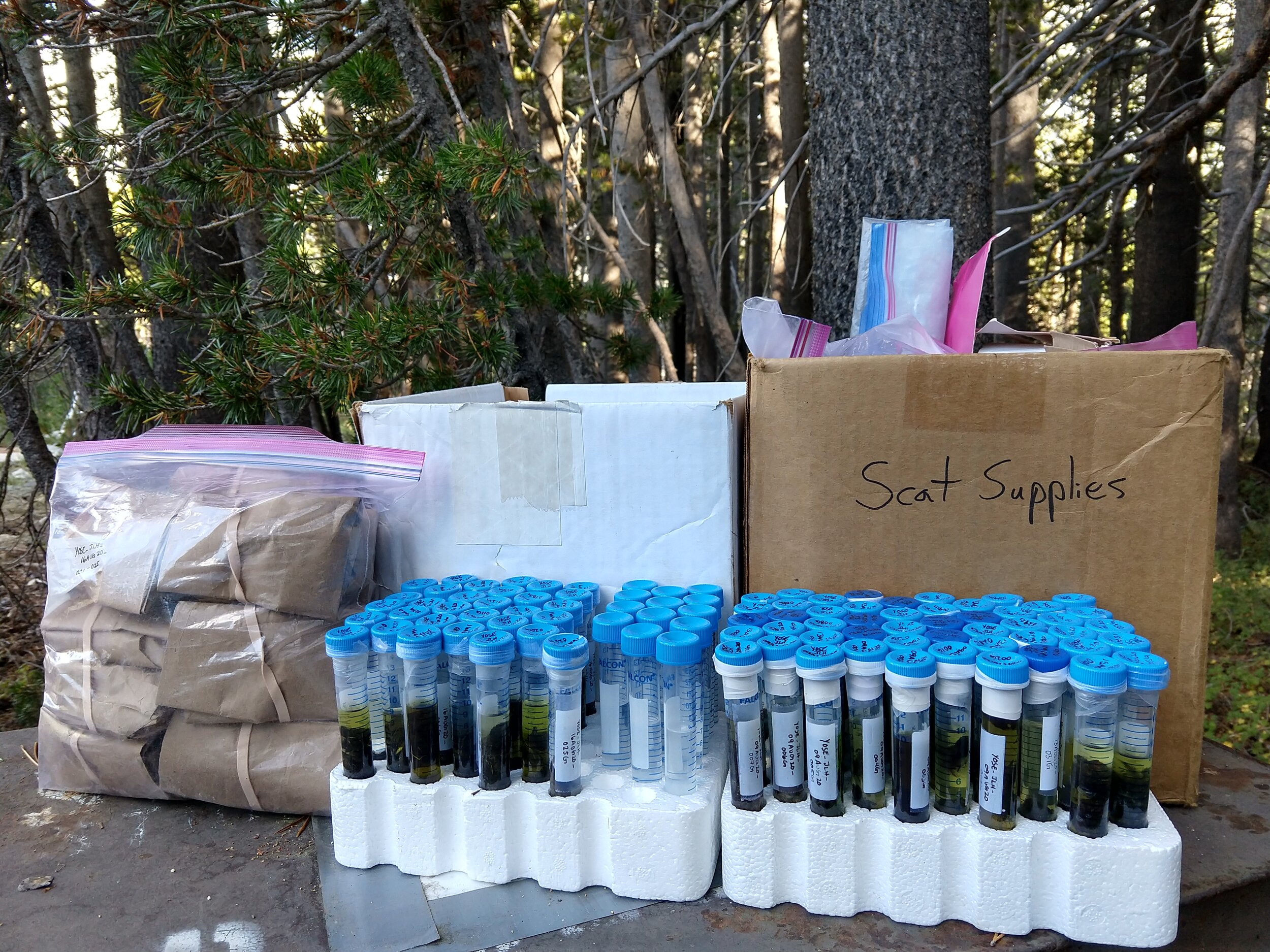
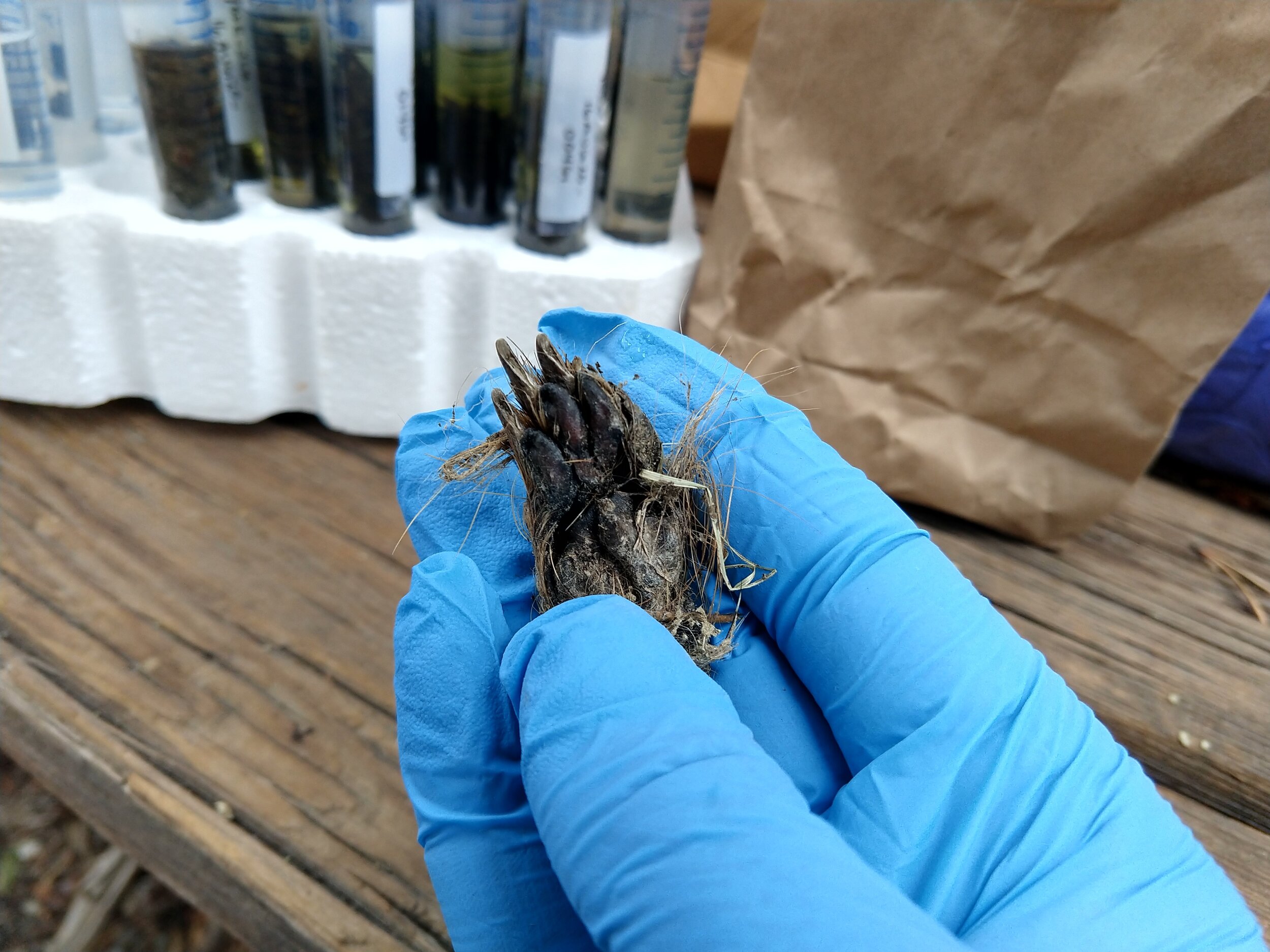
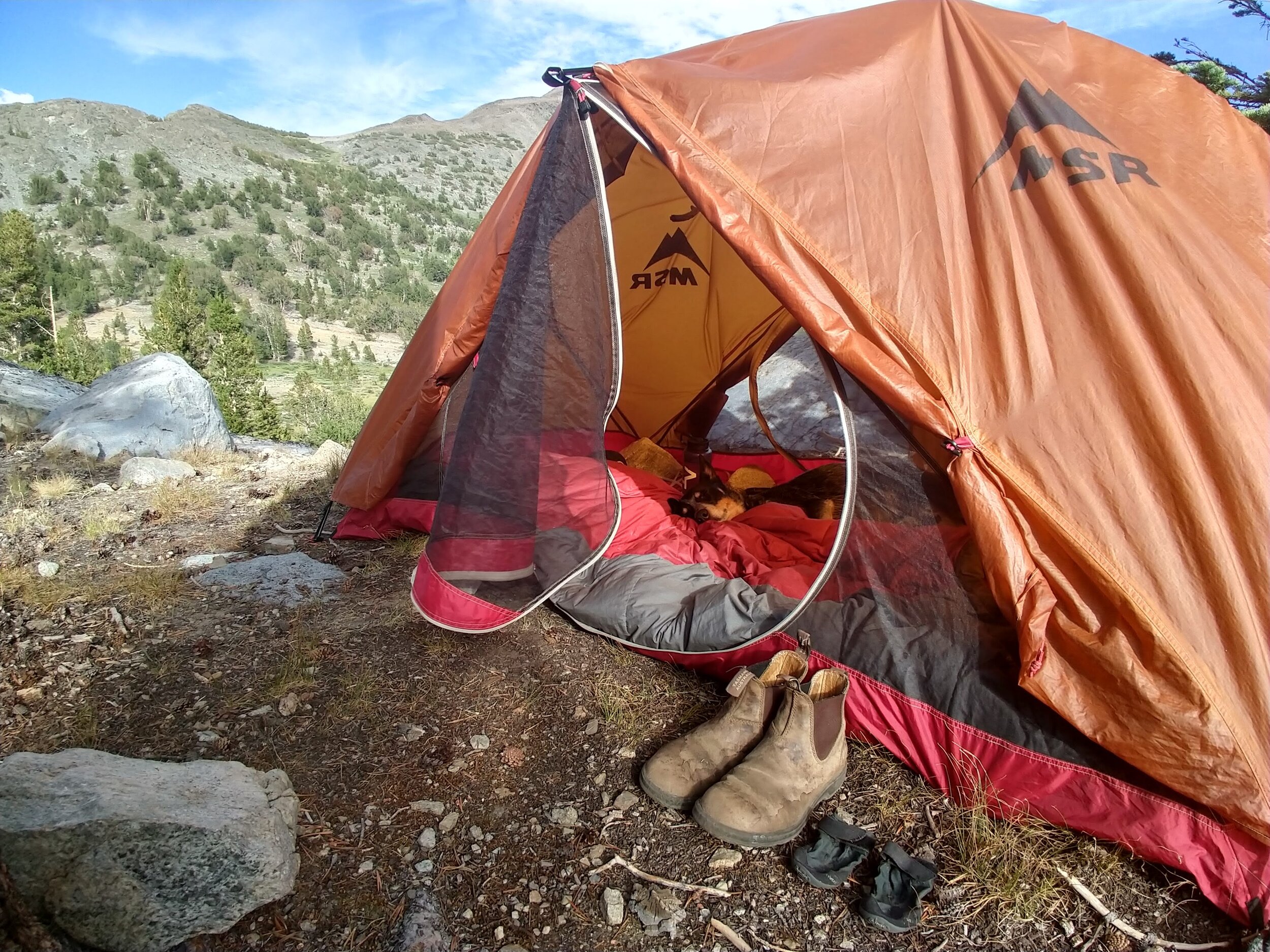
More information about this work can be found at: www.yosefoxes.org
